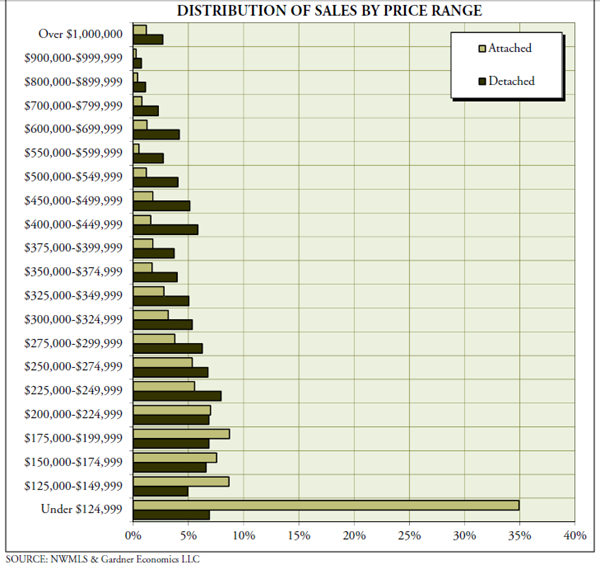 It’s been a little over four years since downtown Bellevue has seen an office tower go up. The 15-story Summit III project was left unfinished in 2009 when the recession hit. But some developers believe that this Eastside hub will soon become the site of large-scale construction, reports the Seattle Times.
It’s been a little over four years since downtown Bellevue has seen an office tower go up. The 15-story Summit III project was left unfinished in 2009 when the recession hit. But some developers believe that this Eastside hub will soon become the site of large-scale construction, reports the Seattle Times.
Five residential projects with more than 1,100 units and three office towers featuring 1.5 million square feet are in the works for 2013. Kemper Development plans to expand Lincoln Square by building two office towers to create additional office and retail space as well as a 120-room hotel and 200 condos or apartments. CEO Kemper Freeman says that construction should start in the early summer.
Demand for living and office space in the region is on the rise, and developers are focusing on downtown Bellevue, with its relatively low office-vacancy rate, as a site for construction. There’s growing concern that Seattle neighborhoods are getting overbuilt. Traffic, tolls on Highway 520, and talk of additional tolls on other roadways are causing commuters to consider living in the city where they work.
Lisa Picard, executive vice president of developer Skanska USA, says that the Bellevue “has really developed into an urban center.” The second largest city center in Washington made CNN Money’s 100 Best Places to Live list for 2011. What used to be a suburban business district has transformed itself into an urban destination with retail shops, restaurants, and cultural amenities.







